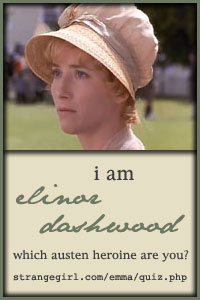Cool facts about Bellini
9:33 AM
Giovanni Bellini was an important painter from the Renaissance period. His work was extremely influential especially in the use of color and atmosphere. Here's some interesting information about him:
detail from the San Giobbe AltarPiece by Giovanni Bellini (1480)
He received his first lessons from Andrea Mantegna, his brother-in-law, which were decisive for the formation of his talent.
A self-made man, he maitained an independent studio and never received any honours. He was always imposing himself through his own merit.
Madonna and Child by Giovanni Bellini (1490)
Unlike Leonardo da Vinci who thought painting was something intellectual, Bellini saw painting as an aesthetic phenomenon.
Even when he was in his 80's he was still proposing new paths to aesthetic research.
In 1516, the german painter Albert Duher, wrote to a friend that he saw Bellini in Venice and that despite Bellini's old age he was still the most important painter there.
Images' sources: 1, 2, 3
Images' sources: 1, 2, 3
What is your favorite painting from Bellini? Do you like his Madonnas?















2 comments
really intersting the passage "painting was something intellectual, Bellini saw painting as an aesthetic phenomenon."
ReplyDeletein music there's the same conflict. what do you think about it? i think that art isn't only about aesthetic but is not only theory. i think it's a complicated matter...
It is indeed very complicated, but I believe there should always be a mix of the two. In literature, for example, there's the issue of form X content - which should be more important etc.
ReplyDeleteI remember reading author Mario Vargas Llosa saying that if one of these - form or content - stands out too much in a story something is wrong. He says both of them should work together and that form should "fit" the content. I think that's a good way of looking at it, don't you think?
Going back to Bellini and art, things get trickier. Should art necessarily have an aesthetic appeal? I don't know ;) But you can see that the answer modern and post-modern art gave to this answer is no. xx
Thanks for commenting! Do come back because I usually reply to comments here.